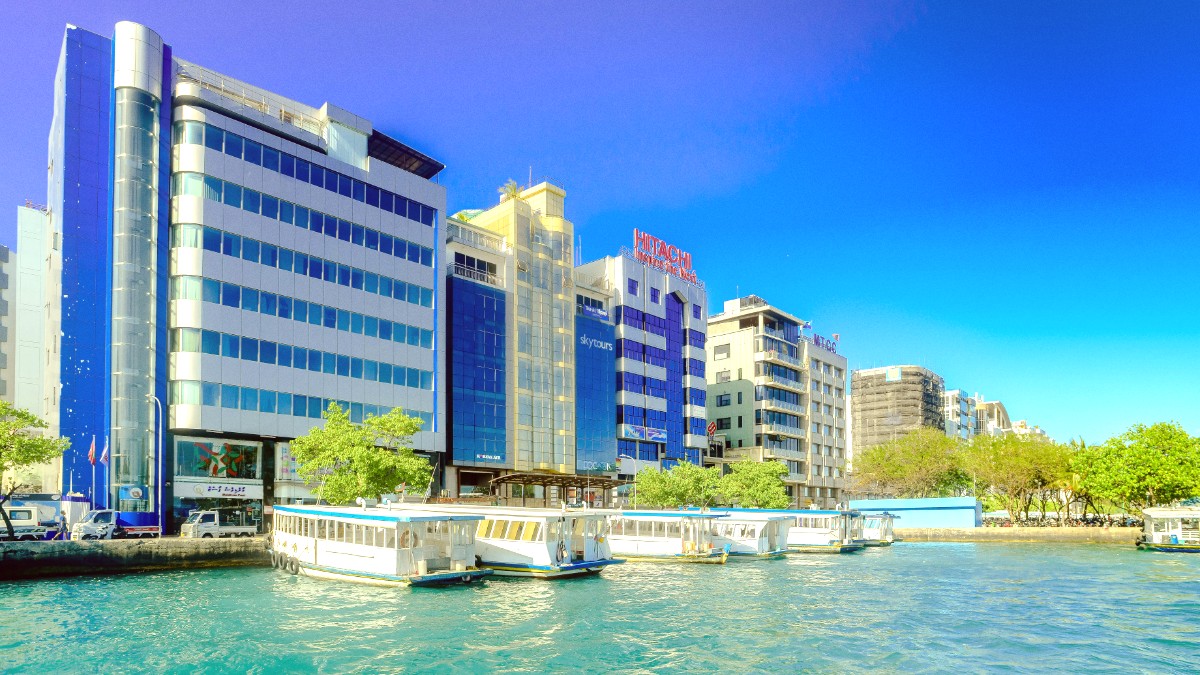
Maldives
The ocean shapes Maldivian life, clearly reflected in its food. Fish, specifically tuna, forms the bedrock of nearly every meal. Coconuts, abundant on the islands, are another staple, used in various forms.
Cuisine builds on simplicity, freshness, and clever use of readily available ingredients. Spices like curry leaves, cumin, and coriander create aromatic and complex flavors.
Tuna is king, consumed smoked, cured, dried, or fresh. Other fish like mackerel and reef fish are also popular.
Coconut milk forms the base of many curries; grated coconut adds texture. Rice is the main carbohydrate, served with almost every meal.
Flavors balance spicy, sour, and sometimes sweet notes. Chilies give heat, lime gives tangy freshness. Root vegetables (taro, sweet potato) add starch.
Often the national dish. A clear fish broth, typically tuna, boiled with water and salt. Served hot with rice, lime, and chili. Simple, healthy, captures Maldivian essence.
Find at any local Maldivian restaurant.
A breakfast staple: shredded smoked tuna mixed with finely chopped grated coconut, chili, and onion. Eaten with 'Roshi' (Maldivian flatbread).
Look for it at local "hotas."
Various coconut milk curries like Valhomas Riha (smoked tuna) or Kukulhu Riha (chicken). Rihaakuru is a thick, dark fish paste, often with rice and lime/chilies.
Valhomas Riha is a rich, aromatic dish. Try Rihaakuru if you are adventurous.
Foni Boakibaa (sweet rice cake with coconut and jaggery) and Saagu Bondibai (creamy sago pudding with coconut milk).
Fresh fruit juices (mango, watermelon, papaya) are widely available. Black tea accompanies meals. Alcohol is strictly forbidden in Malé and on local islands.
Limited to upscale hotels like Jen Malé by Shangri-La, offering international and contemporary cuisine for a refined experience.
Several options give a mix of Maldivian, Indian, Sri Lankan, and some international cuisines (e.g., Sala Thai, The Sea House). Comfortable setting, good variety.
Find the true taste of Malé here. Local cafés ('hotas') offer authentic Maldivian meals and Hedhikaa at very affordable prices. Simple, no-frills, fresh food.
While Maldivian and Indian/Sri Lankan flavors dominate, some restaurants cater to international tastes.
Expect Chinese, Western, or other Asian cuisines, especially in areas popular with tourists.
These spots provide a break from traditional flavors and a choice of familiar dishes for global palates.
Often located in larger hotels or dedicated restaurants with broader menus.
Breakfast (light), Lunch (main), Dinner (lighter). Short Eats (Hedhikaa) throughout the day.
Fish, especially tuna, forms the base of almost all traditional dishes.
Coconut milk, grated coconut, and coconut oil are staple ingredients.
Strictly forbidden in Malé and on local islands. Consumption limited to resort islands.
Due to language barriers and small kitchens in local eateries, communicating severe allergies can be difficult.
Carry a Translation card explaining specific dietary restrictions.
In larger hotels or more upscale restaurants, staff might have a better grasp of allergens. Always practice caution with food choices.
Double-check ingredients and preparation methods when in doubt.
Many vegetable curries and dhal are naturally vegan, using coconut milk as a base. Always verify no animal products like fish paste are used.
In smaller local eateries, kitchens might handle fish and other ingredients in close proximity, a risk for severe allergies. Larger, more established venues are often better equipped.
Some guesthouses or local operators on nearby islands (like Maafushi, a popular day trip) may present Maldivian cooking classes.
Organized food tours in Malé are limited, but a self-guided exploration of local markets and various "hotas" offers an immersive culinary adventure.
Occasionally, local food festivals or culinary events may take place in Malé, especially around national holidays or religious celebrations.
The dining scene is not just about the food; it also includes the warmth of Maldivian hospitality.
Engage with locals in cafes for an authentic cultural exchange.
Markets and bustling local eateries offer lively scenes for photography, capturing the city's culinary pulse.
Always be respectful when taking photos, especially of people.
Malé's dining scene mainly revolves around fresh seafood, especially various preparations of tuna.
A must-do is to try the Maldivian "Hedhikaa" (short eats) at local cafes for a genuine cultural taste.
Visiting a traditional "hotaa" gives an authentic insight into daily Maldivian life and culinary habits.
Embracing Malé’s food scene means savoring fresh seafood, coconut flavors, and the warmth of local hospitality.